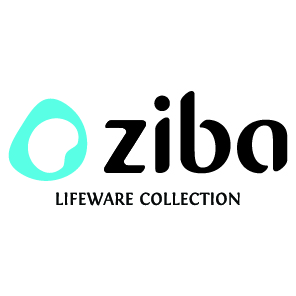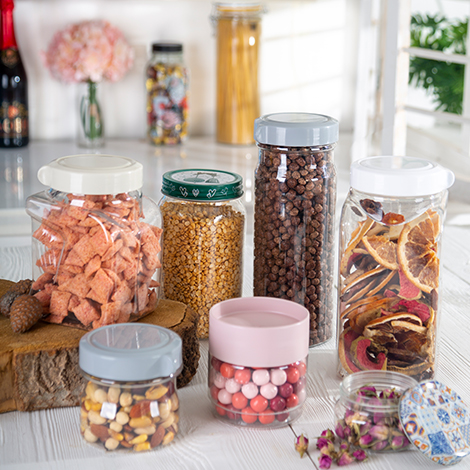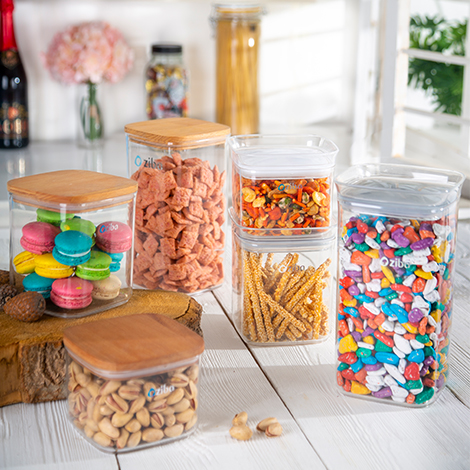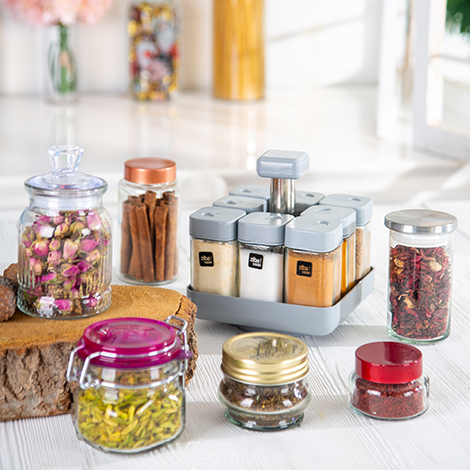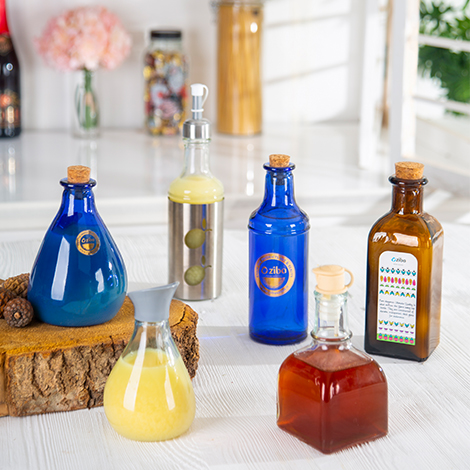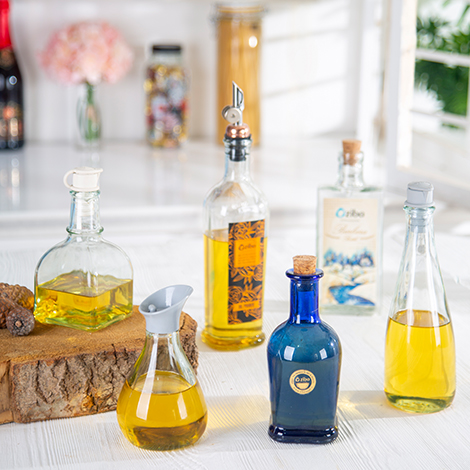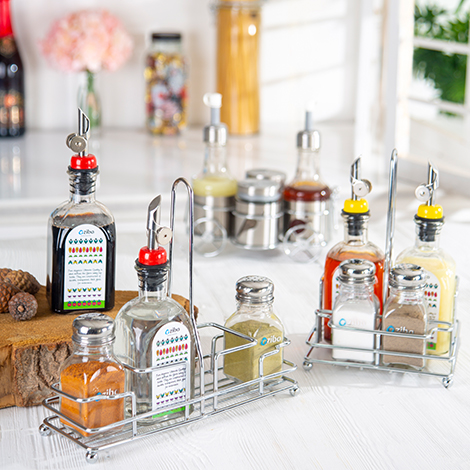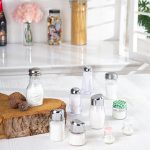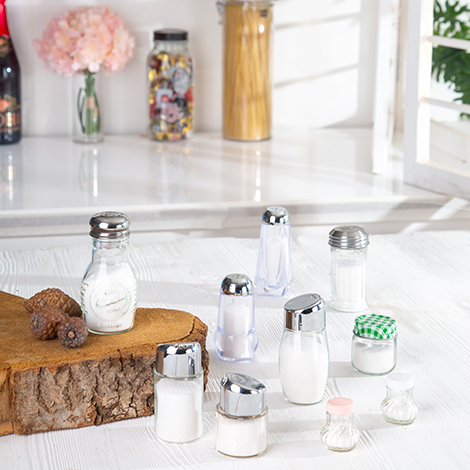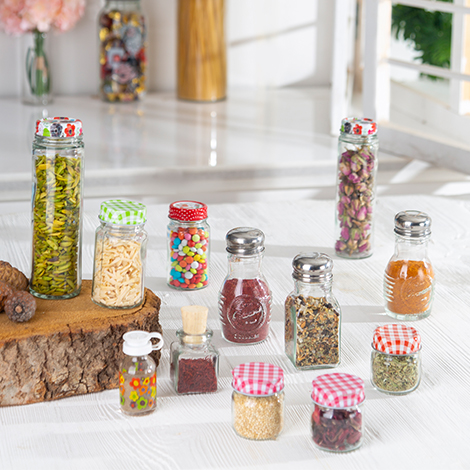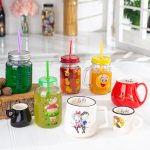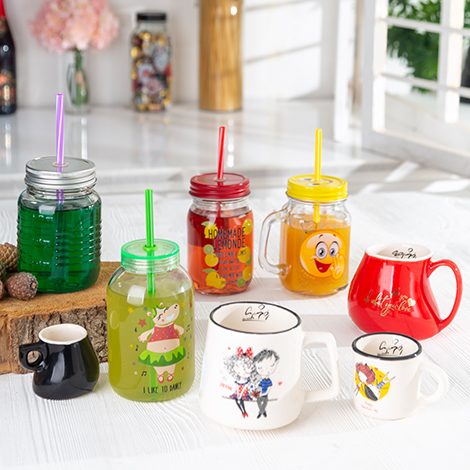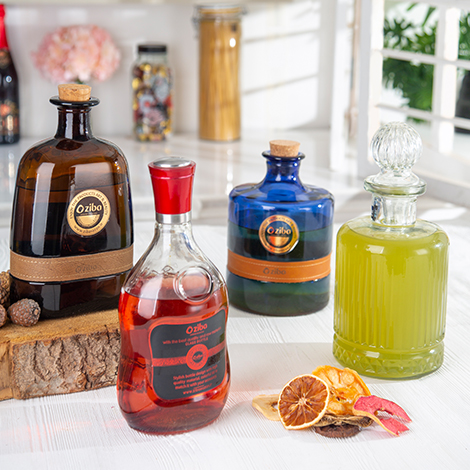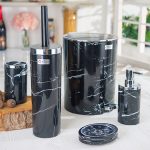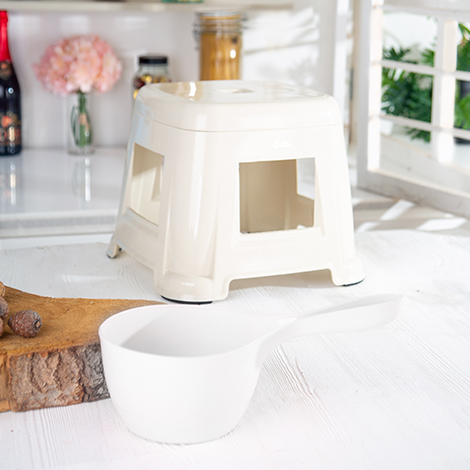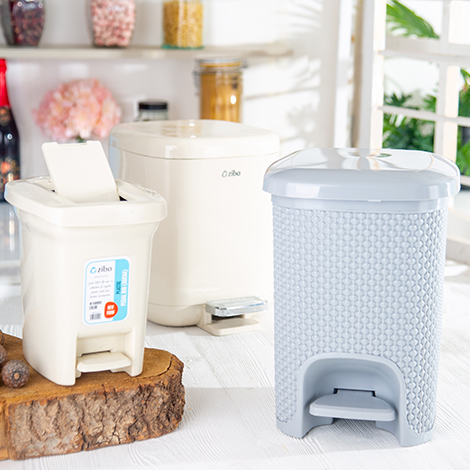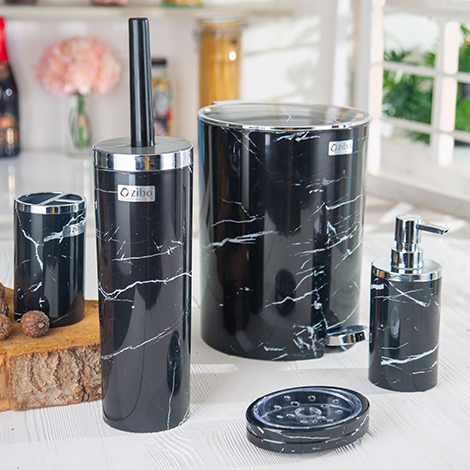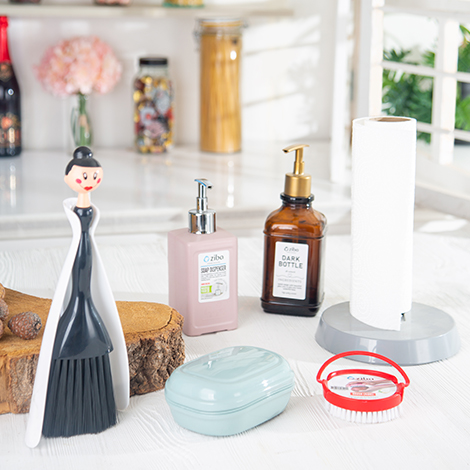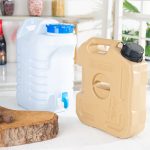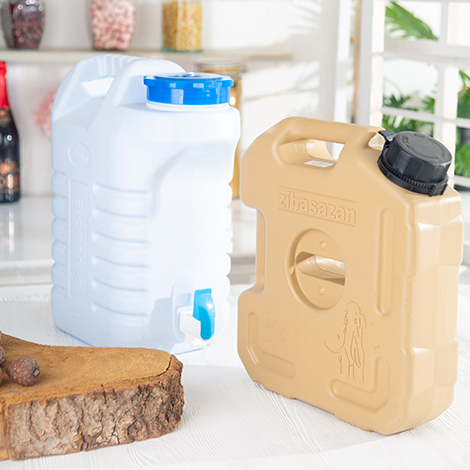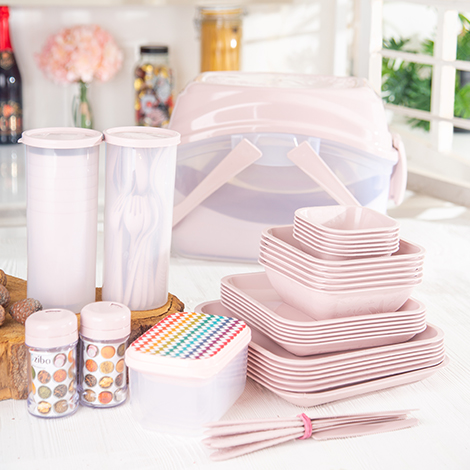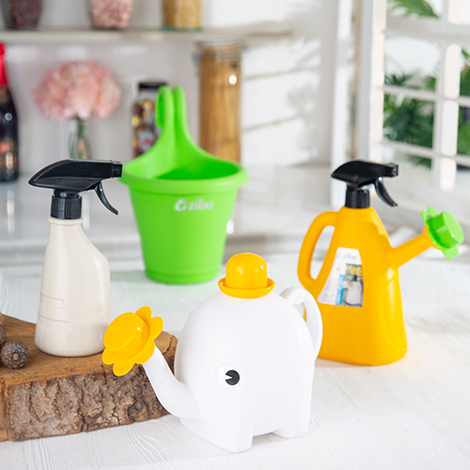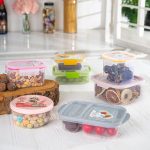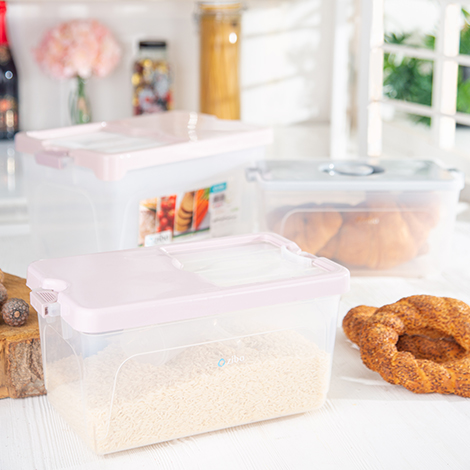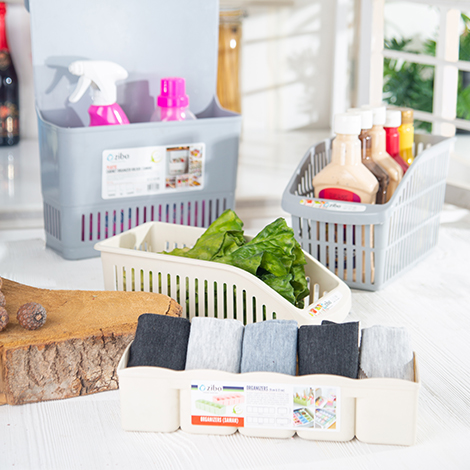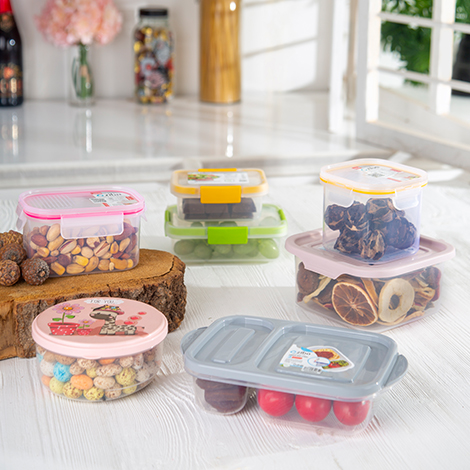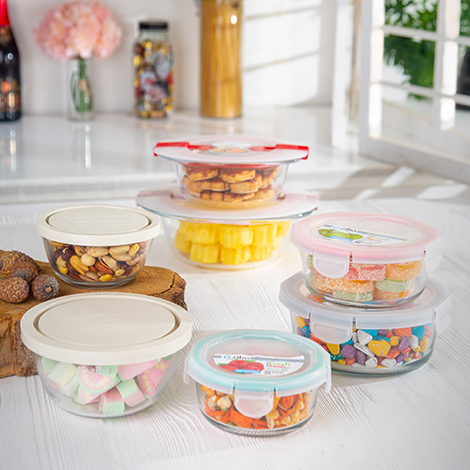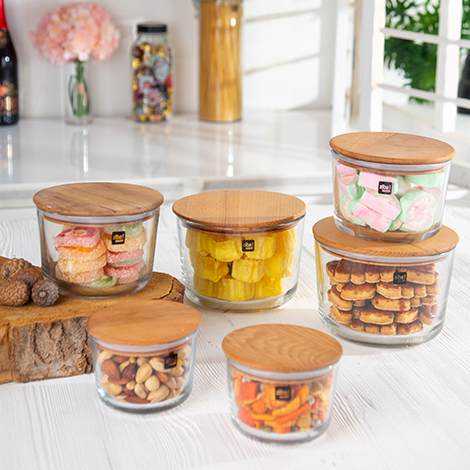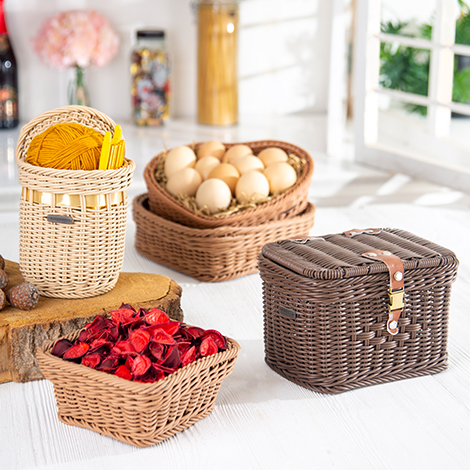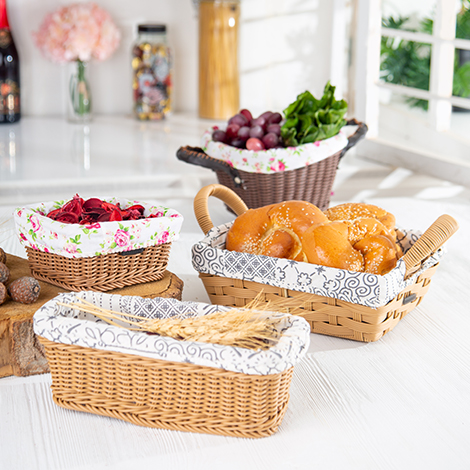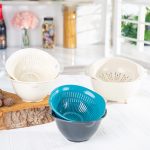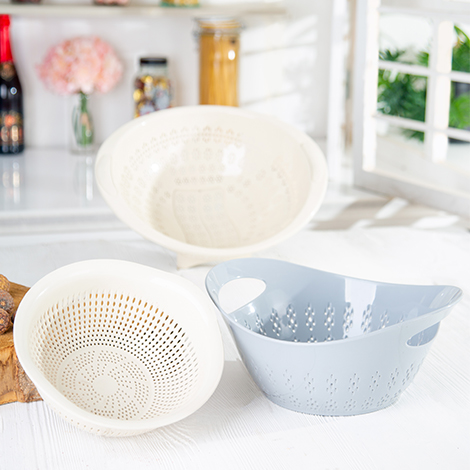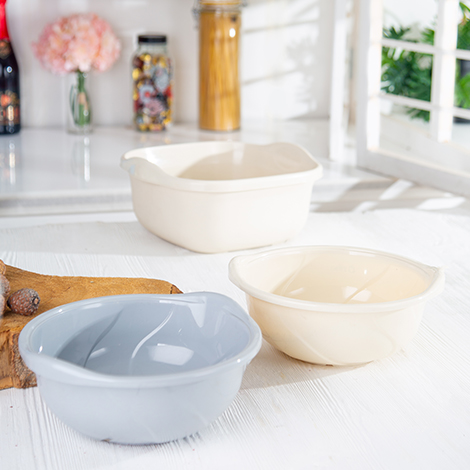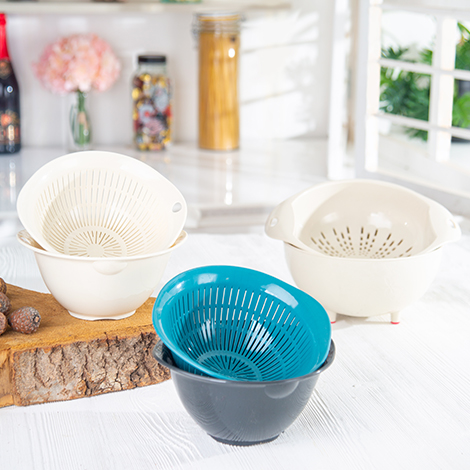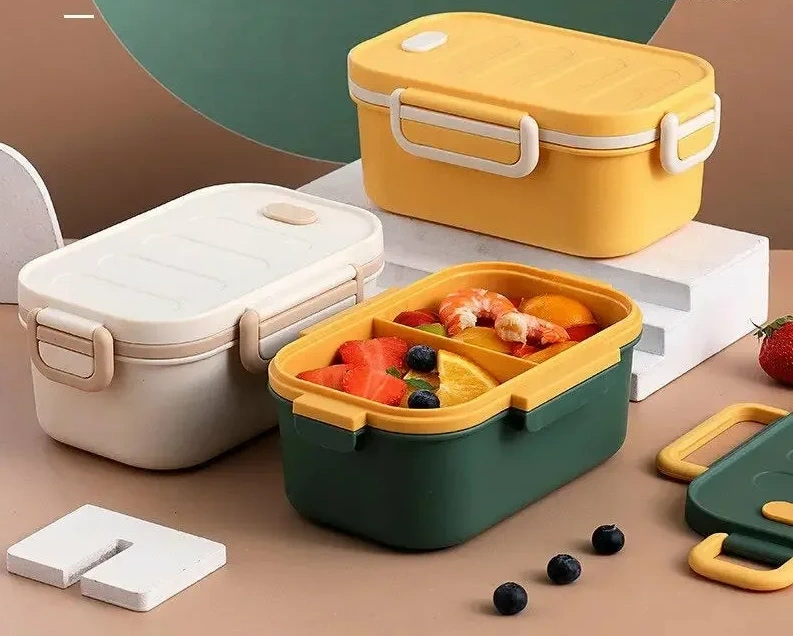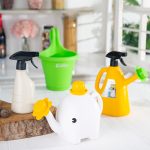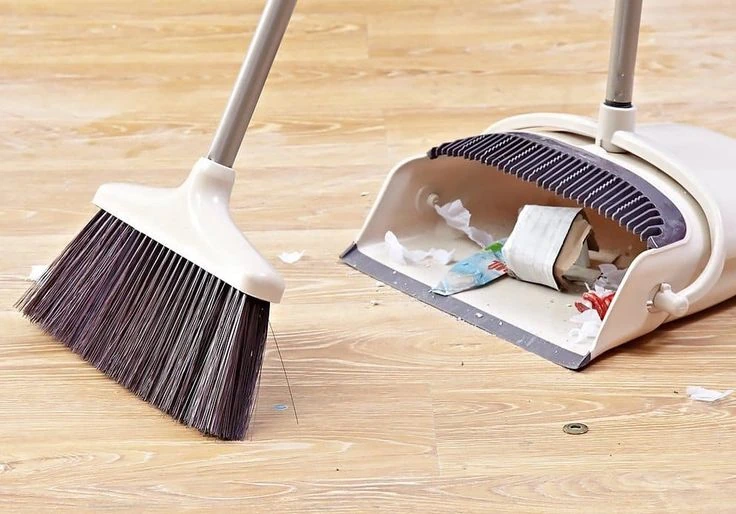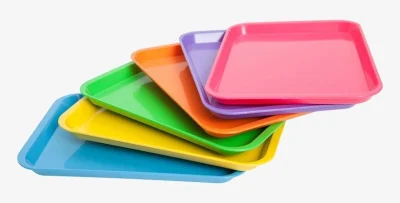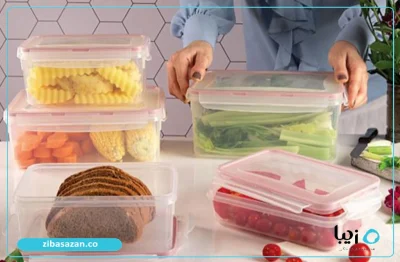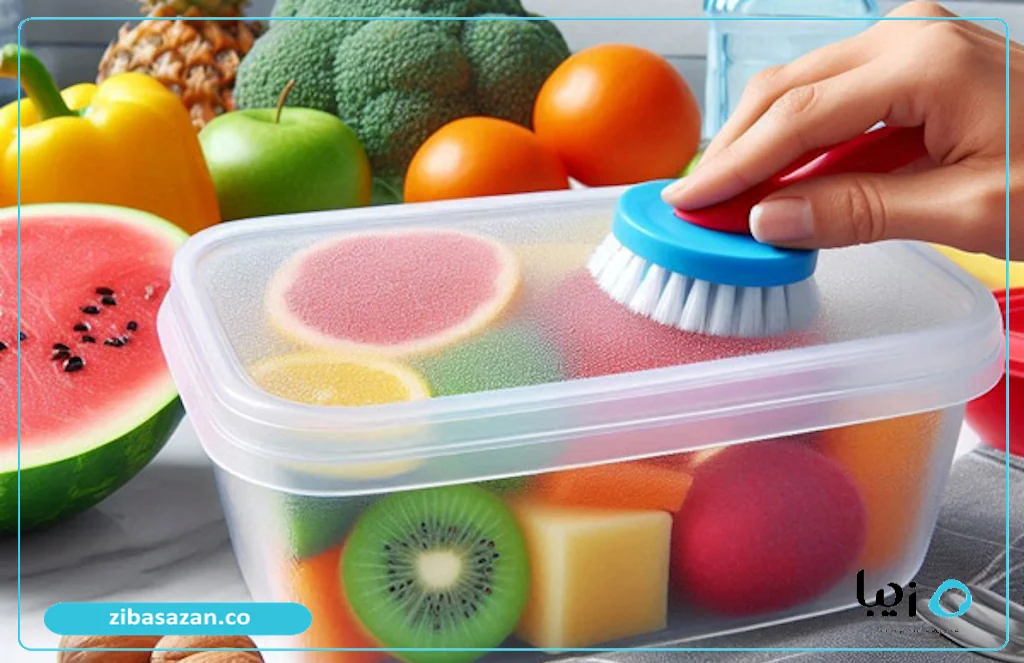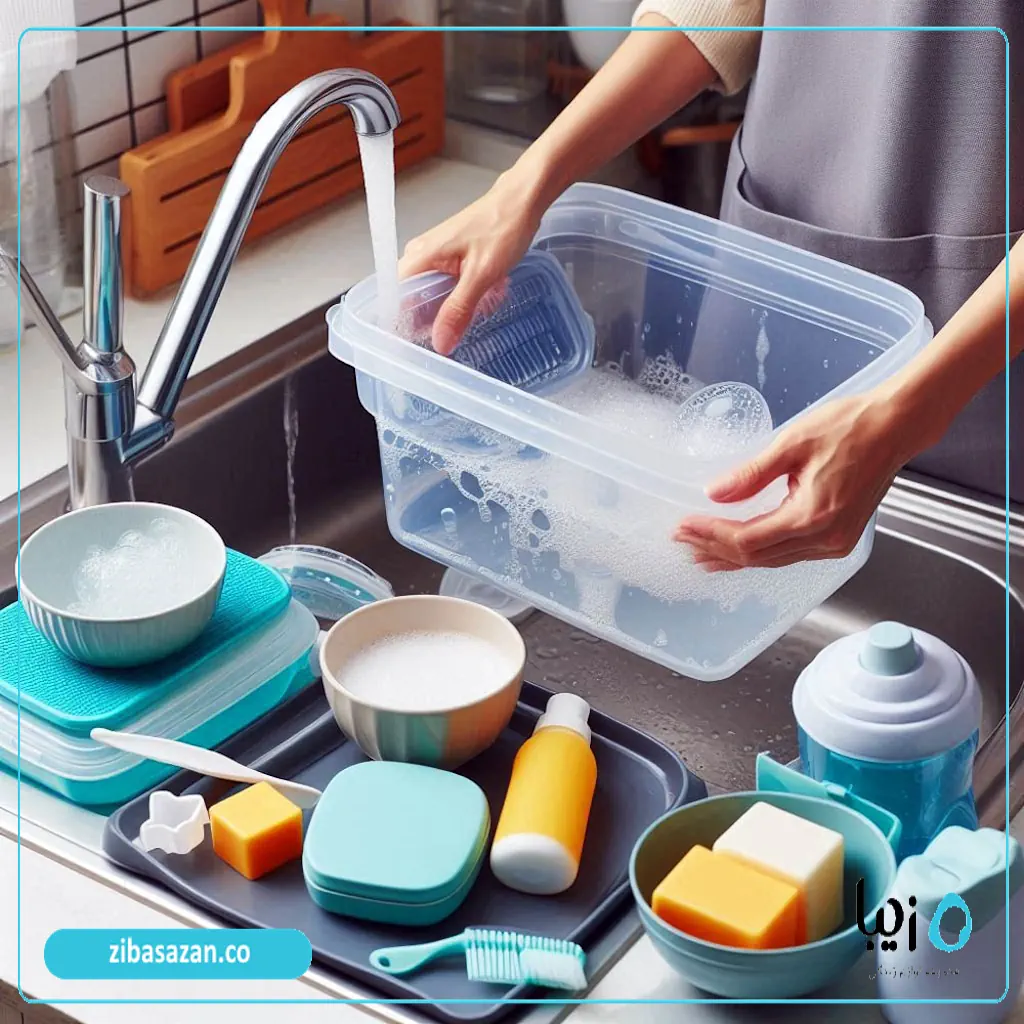In this article, we want to provide you with information about washing plastic containers. Have you ever noticed that after using plastic freezer containers for some time, they change color, develop an unpleasant odor, or even decrease in quality?
These common problems often arise due to improper washing and maintenance of these containers. Plastic freezer containers, due to their direct contact with various food items at low temperatures, require special attention when washing and disinfecting. In this comprehensive guide, we will introduce you to the best methods for washing, disinfecting, and maintaining these containers so that you can significantly extend their lifespan and always ensure the hygiene and health of your food.
If you also want to learn about washing plastic containers, stay with us until the end.
فهرست مطالب
- 1 Why is washing plastic containers important?
- 2 Suitable detergents for washing plastic containers
- 3 Washing and disinfection steps
- 3.1 Completely empty the container of food
- 3.2 Pre-wash with warm water
- 3.3 Washing the plastic container with mild dish soap
- 3.4 Rinsing thoroughly
- 3.5 Disinfection (if needed)
- 3.6 Tips to prevent discoloration and odor
- 3.7 Wash immediately after use
- 3.8 Use specific containers for storing colored and odorous foods
- 3.9 Proper ventilation after washing the plastic container
- 3.10 Using baking soda to remove odors
- 4 Which Cutlery Organizer Is Right for Your Kitchen? The Best Models for Every Cabinet Size
- 5 Plastic Spice Containers for Bridal Kitchenware Sets: A Complete Buying Guide
- 6 Plain or Patterned Plastic Sets; Which is Better for a Trousseau?
- 7 A Spigot Dispenser for Homemade Doogh and Sherbet: A Safe Choice or a Common Mistake?
- 8 Here is the English translation. **5 Advantages of Using a Glass Water Bottle in Daily Life**
Why is washing plastic containers important?
Properly washing plastic freezer containers is not just for their visual cleanliness; it plays a vital role in maintaining health, increasing lifespan, and preventing potential problems. Food residue in the crevices and on the surfaces of these containers can create a suitable environment for the growth of bacteria and fungi. This not only jeopardizes the hygiene of the stored food but can also create an unpleasant odor that gradually transfers to the container itself and even to other food items.
Furthermore, grease particles and dried food can, over time, cause the plastic to become cloudy and discolored, and even affect its quality and flexibility. Regular and proper washing minimizes these problems and helps you use your plastic freezer containers for a longer time.
Suitable detergents for washing plastic containers
Choosing the right detergent for washing plastic freezer containers is very important. Using unsuitable detergents can damage the plastic surface, cause scratches, cloudiness, and even release harmful chemicals from the plastic. Generally, the best option for washing these containers is to use a mild dish soap.
Mild dish soap
Mild dish soaps that do not contain strong and acidic chemical compounds are the best choice for washing plastic containers. These types of detergents effectively remove grease and food residue without damaging the plastic structure. When choosing dish soap, look for products that have “mild” or “suitable for plastic containers” written on their packaging.
This article might also be interesting to you: Introducing the best brands of plastic freezer containers in Iran; which brand is a better choice?
Avoiding strong and abrasive detergents
Never use strong detergents such as bleach, descalers, and abrasive cleaning powders to wash plastic freezer containers. These substances can cause corrosion, scratches, and cloudiness on the plastic surface and even release harmful chemicals that are dangerous to health.
Using natural materials
If you prefer to use natural materials for washing, you can use a mixture of warm water and a little white vinegar or baking soda. White vinegar has mild disinfectant properties and can help eliminate unpleasant odors. Baking soda also acts as a mild abrasive and can remove surface stains.
Washing and disinfection steps
Proper washing and disinfection of plastic freezer containers involves several key steps that, if followed, can help you achieve the best results.
Completely empty the container of food
Before starting any washing, make sure the container is completely empty of food. Gently remove any remaining solid food with a spoon or plastic spatula.
Pre-wash with warm water
At this stage, rinse the container with warm water to loosen food particles and make them easier to remove. This prevents the particles from sticking further to the container’s surface and makes the main washing process easier.
This article might also be interesting to you: Plastic freezer containers for restaurants; what are the differences from household models?
Washing the plastic container with mild dish soap
Dissolve some mild dish soap in warm water and use a soft sponge or suitable brush to carefully wash all internal and external surfaces of the container. Pay special attention to seams, edges, and areas with protrusions, as these areas are usually where dirt accumulates.
Rinsing thoroughly
After washing with dish soap, rinse the container thoroughly with clean, warm water until no traces of detergent remain. Residual detergent can damage the plastic over time and even contaminate food.
Disinfection (if needed)
If you want to disinfect your plastic freezer containers, you can use the following methods:
- Using a vinegar solution: Place the washed container in a solution of warm water and white vinegar (in a 1:1 ratio) for 15-20 minutes, then rinse.
- Using boiling water: If your plastic container can withstand high temperatures (check the markings on the container), you can place it in boiling water for a few minutes. This method is an effective way to kill bacteria and germs.
- Using steam: Exposing containers to hot water steam can also help disinfect them. You can use a steam cleaner or place the container over a pot of boiling water.
This article might also be interesting to you: What is a multi-layer freezer container and what are its features and benefits?
Tips to prevent discoloration and odor
Discoloration and the development of unpleasant odors are common problems that can occur with plastic freezer containers. By following a few simple tips, you can prevent these issues.
Wash immediately after use
The best way to prevent stains and odors is to wash plastic containers immediately after use. The longer food remains inside the container, the greater the chance of stains and odors developing, and the harder they will be to remove.
Use specific containers for storing colored and odorous foods
For storing foods with strong pigments, such as tomato paste, saffron, or strong spices, as well as foods with strong odors like onions and garlic, it is better to use special plastic containers that are less prone to discoloration and odor absorption. You can also lightly grease the inside of the container with a little oil before placing these foods in it to prevent the absorption of color and odor.
Proper ventilation after washing the plastic container
After washing and rinsing, allow the containers to dry completely in the air. Placing damp containers in a cabinet or stacking them can lead to unpleasant odors and the growth of mold. You can use a clean, lint-free cloth to dry the containers faster.
Using baking soda to remove odors
If your plastic containers have developed an unpleasant odor, you can use baking soda to remove it. Sprinkle some baking soda inside the container, close the lid, and let it sit for a few hours or overnight. Then wash the container with warm water. Baking soda helps absorb unpleasant odors. You can also wash the container with a solution of warm water and baking soda.
This article might also be interesting to you: Buying a plastic kitchenware set for a dowry from the market or online? Which is better?
Frequently Asked Questions
Can plastic freezer containers be washed in the dishwasher? Yes, many plastic freezer containers are dishwasher safe. However, be sure to check the markings on the container before placing them in the dishwasher.
How can stubborn stains be removed from plastic freezer containers? To remove stubborn stains, you can use a paste of baking soda and water. Apply the paste to the stain and gently scrub with a soft sponge, then rinse. You can also soak the container in a solution of warm water and a little diluted bleach (with caution and only for white and opaque containers) for a few hours, then rinse thoroughly.
This article might also be interesting to you: Which type of plastic kitchenware set is better for a bride’s dowry?
Proper washing and maintenance of plastic freezer containers is an investment in maintaining health, extending the life of the containers, and saving costs. By following the simple tips mentioned in this guide, you can use these practical containers for a longer time and always be sure of the hygiene and quality of your food. Remember that paying attention to small details in maintenance will make a big difference in the durability and efficiency of your kitchenware.
